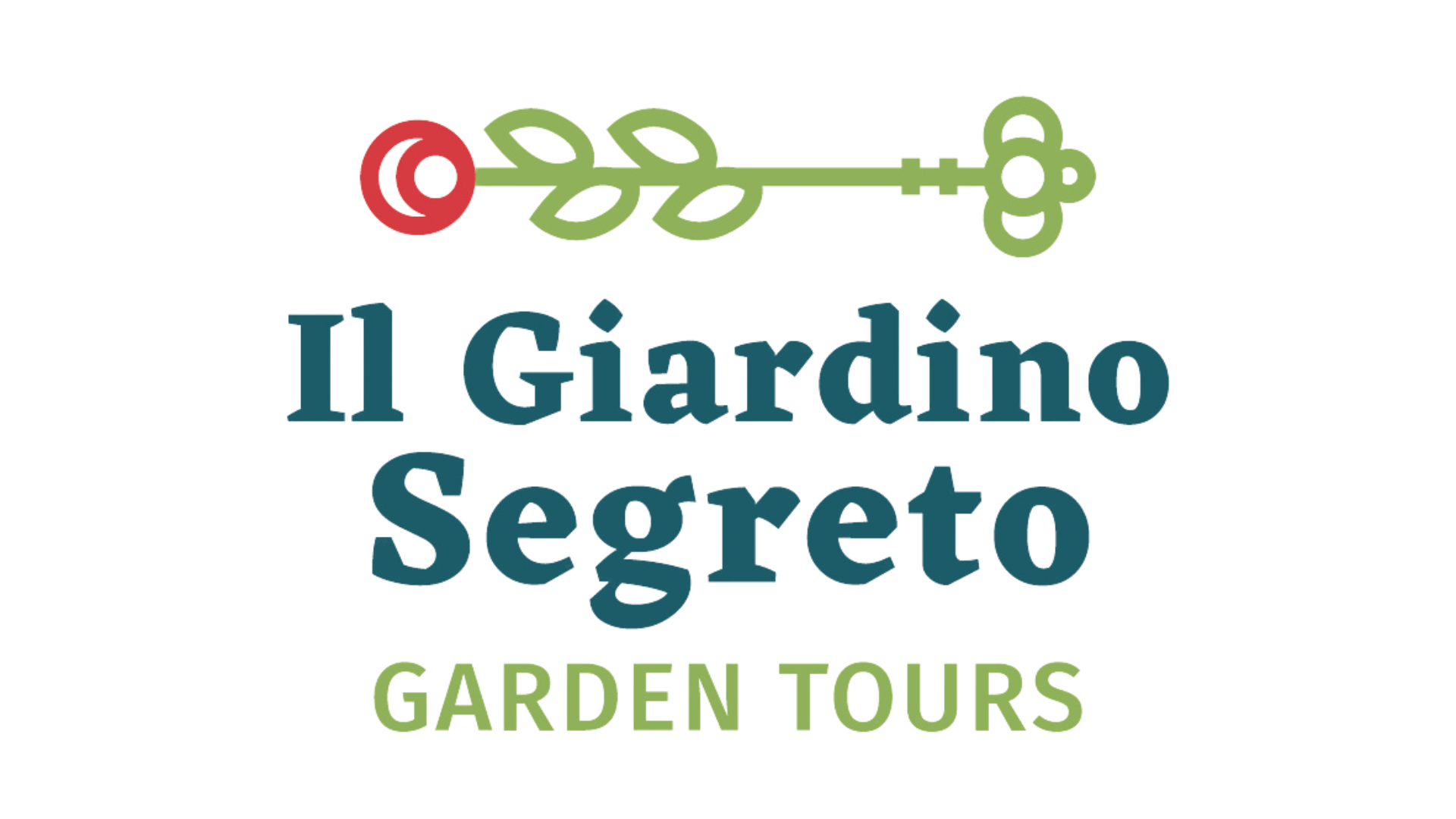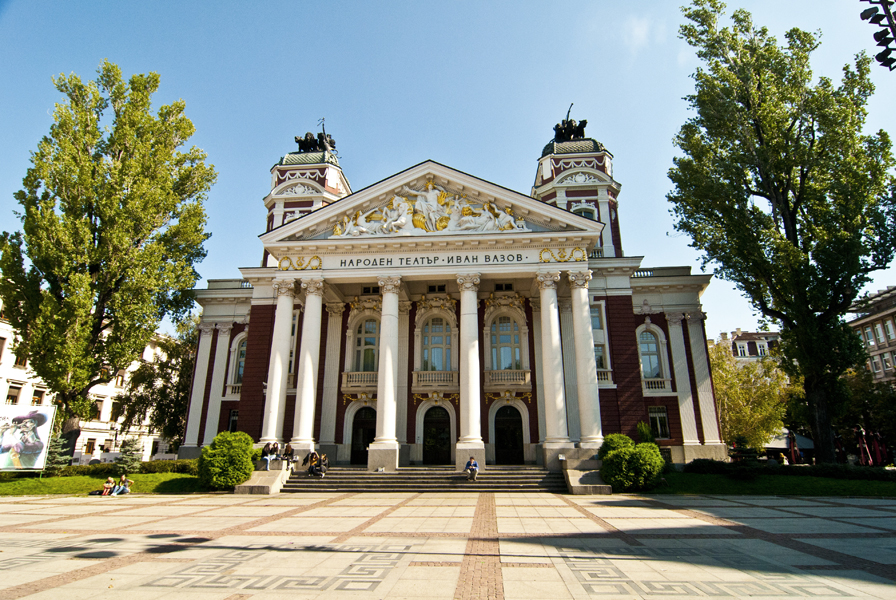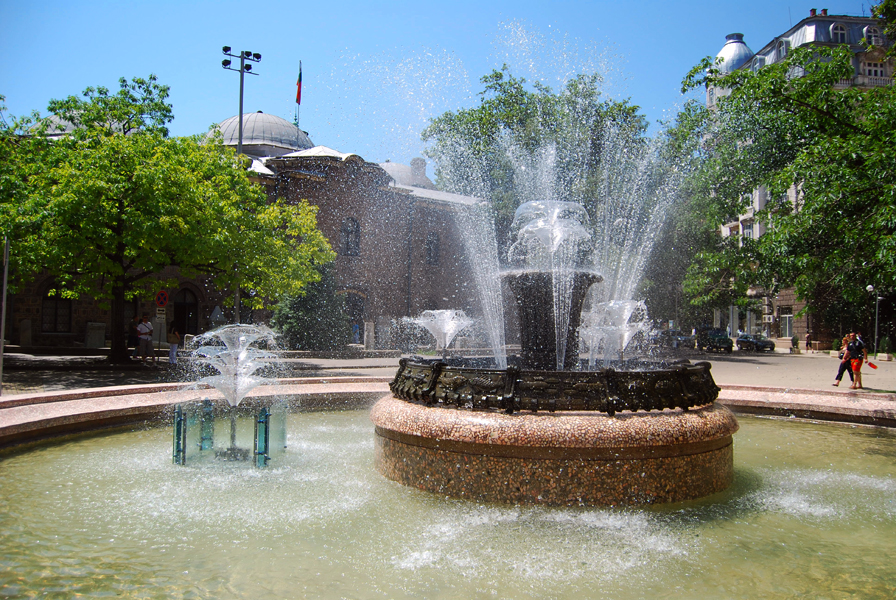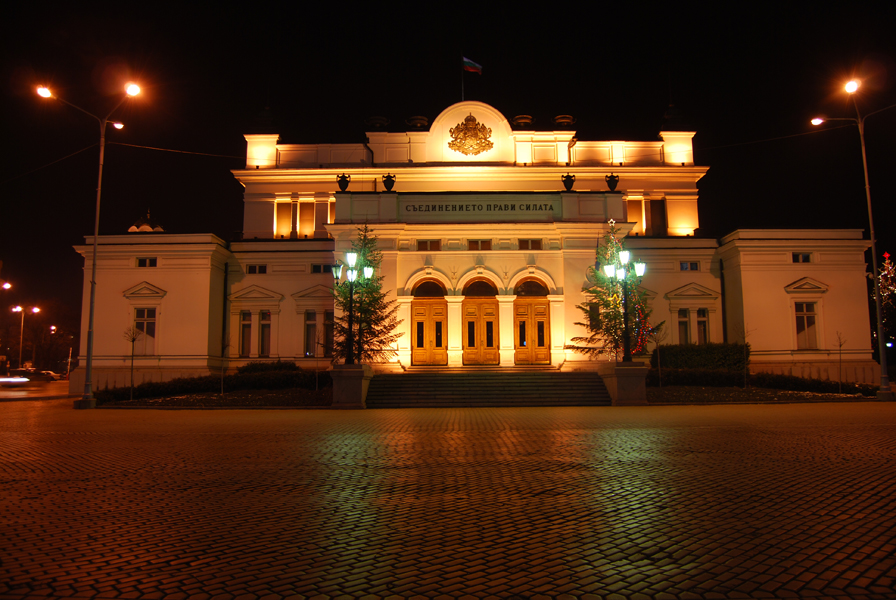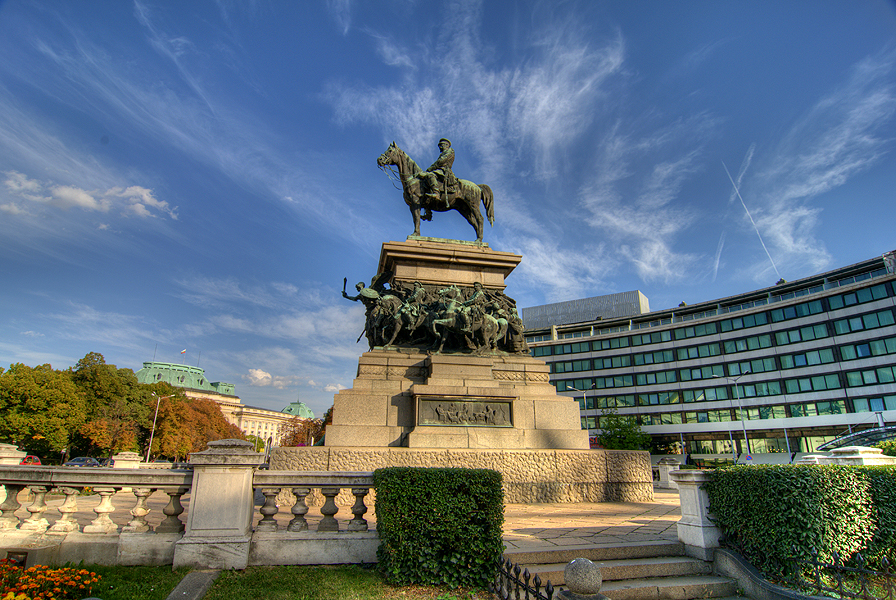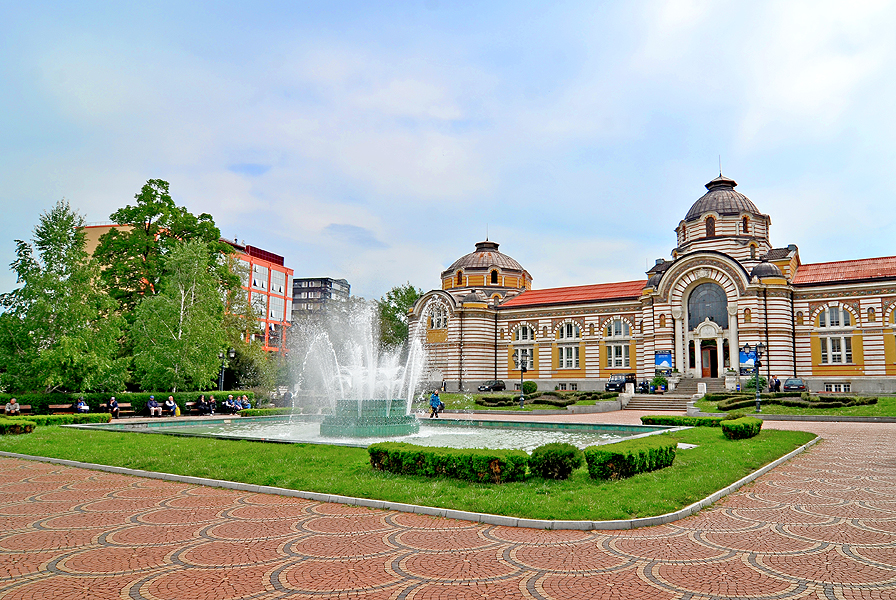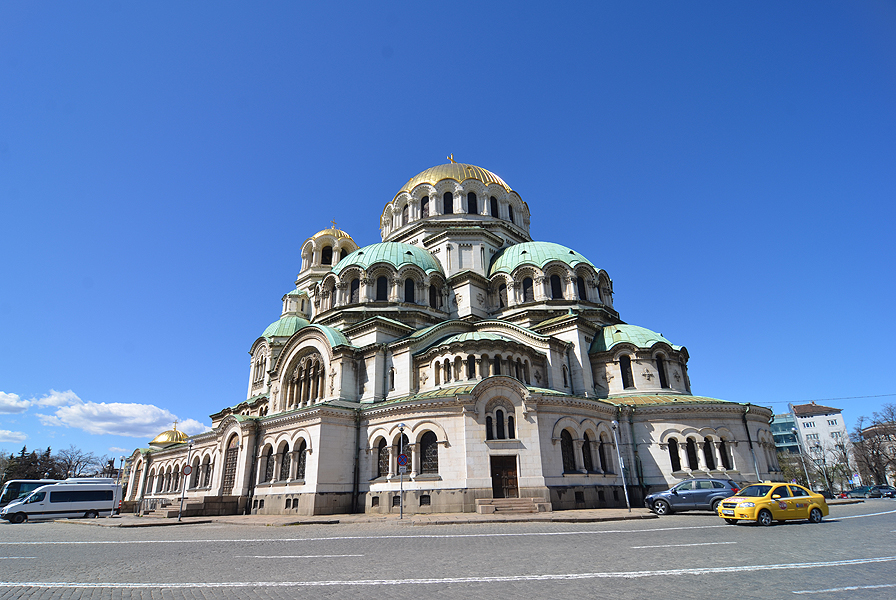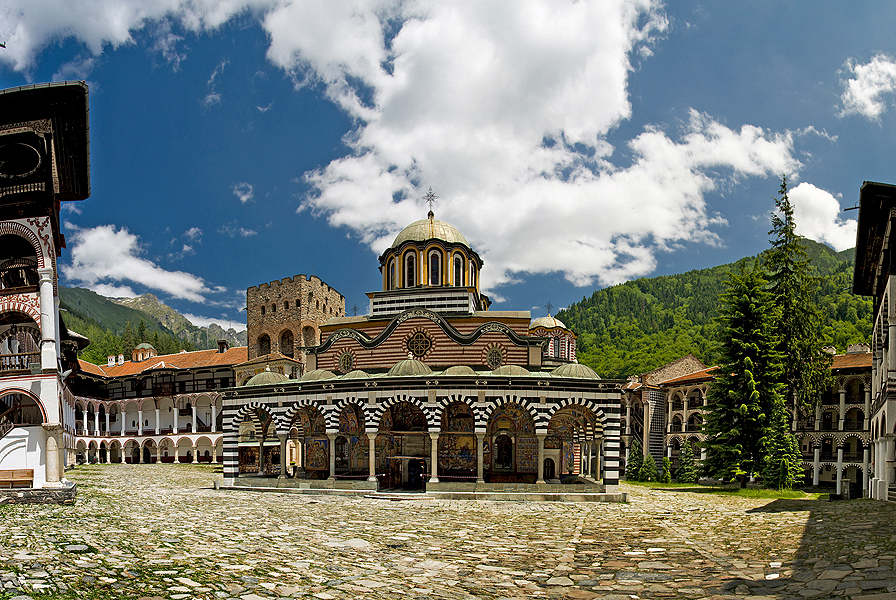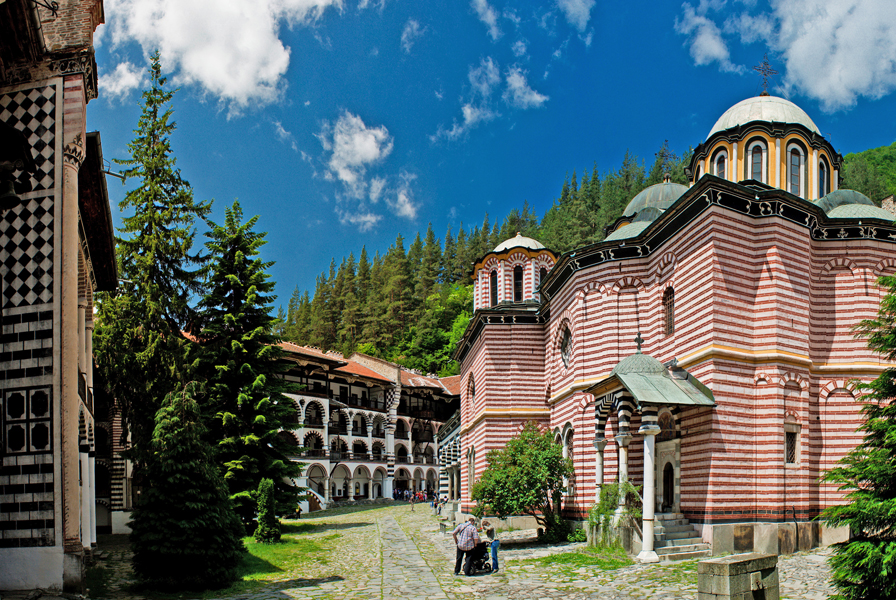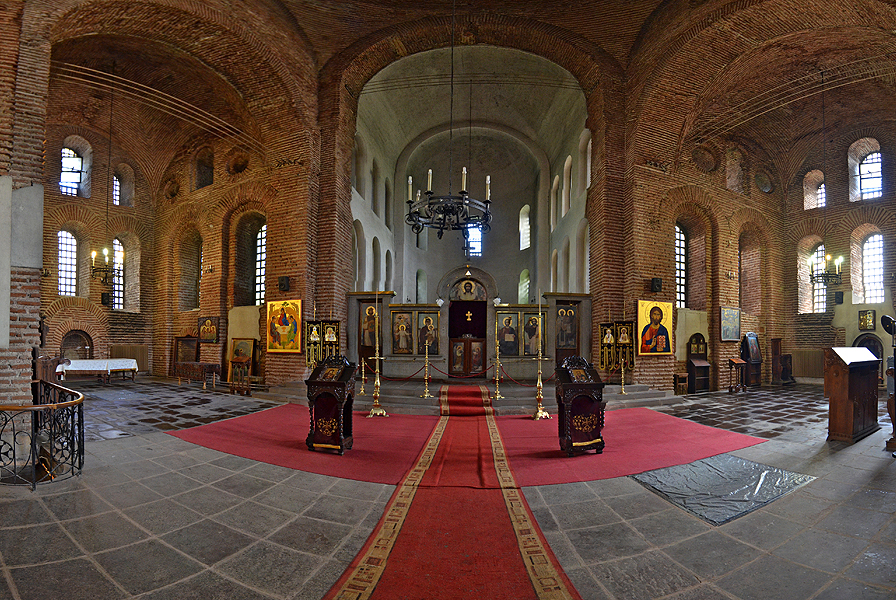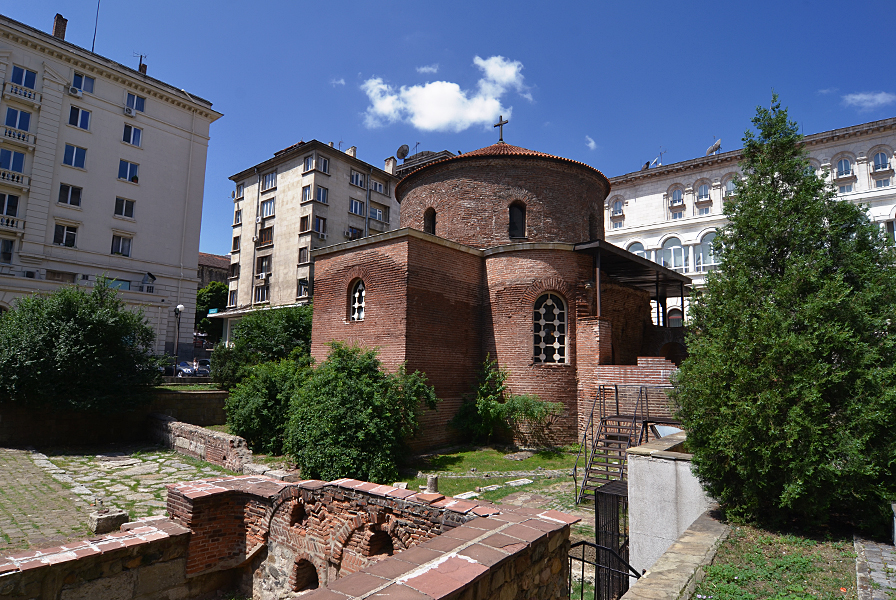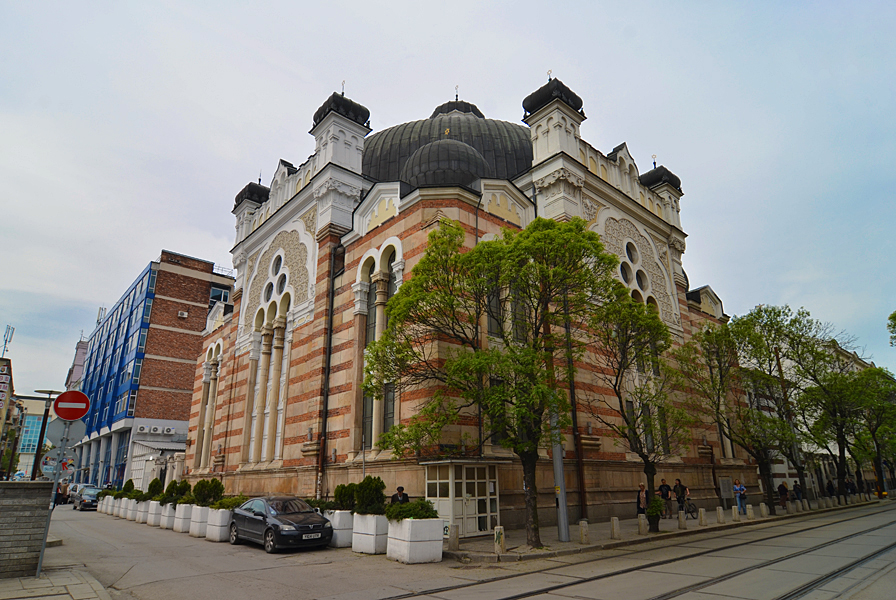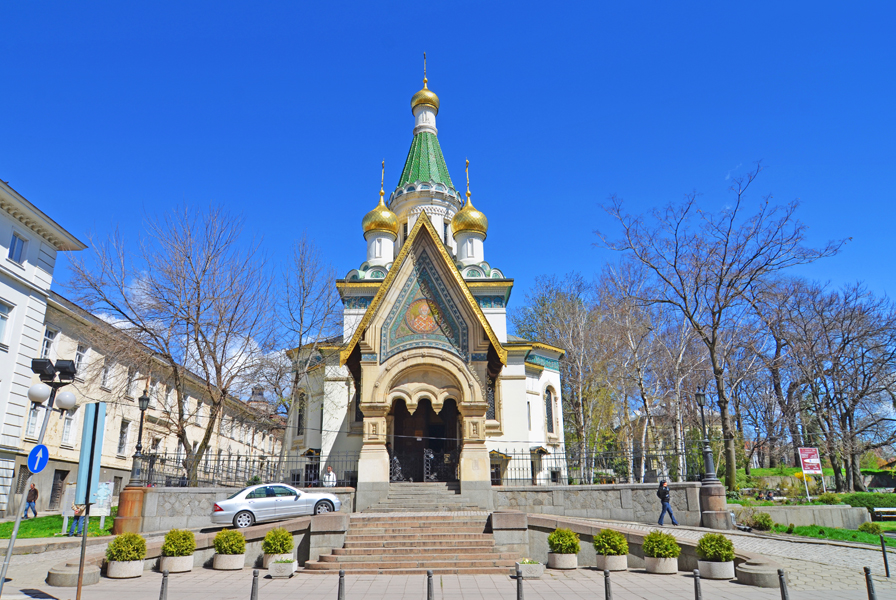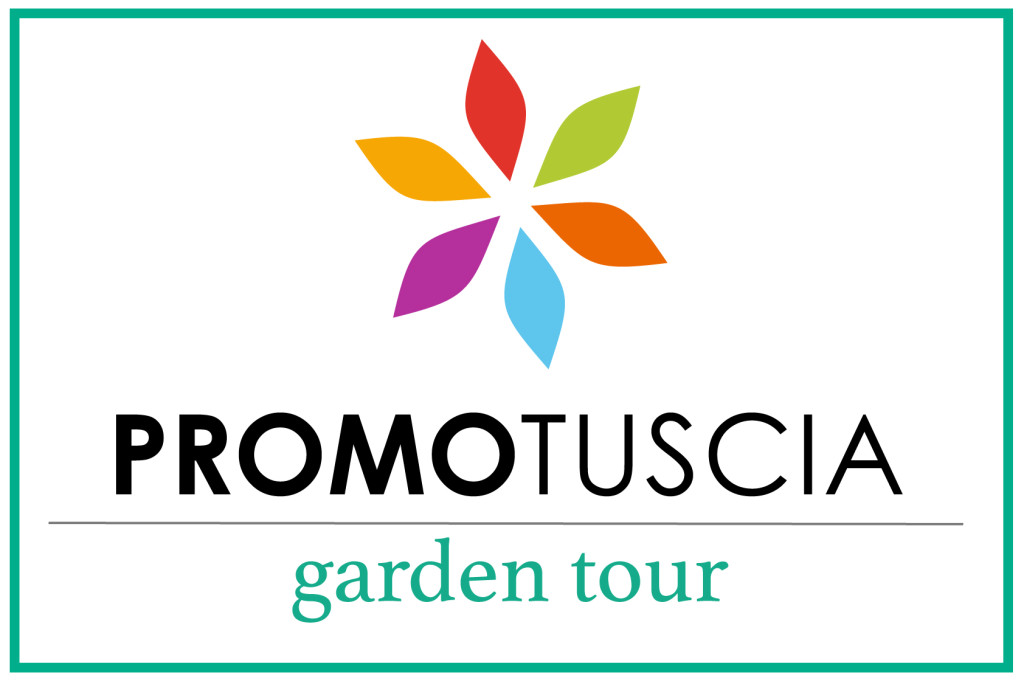

CONDITIONS
TOUR INCLUDES
- 5-night accommodation with full breakfast;
- All dinners;
- Professional Tour guide;
- Coach;
- Guided Tours and Admissions to Gardens and Monuments in the tour;
- Promotuscia Costumer Service;
- Medical luggage insurance
TOUR DOES NOT INCLUDE
- Flights;
- Drinks during meals;
- Hotel Service porterage;
- Local taxes;
- Tips.
HOTEL
- Troyan Plaza Hotel – Sofia
- Spa Hotel Calista – Starozagorski Bani
- Ramada Plovdiv Trimodium – Plovdiv
- Hotel Ramada Sofia – Sofia
ITINERARY
ROSES AND BULGARIA
Day 1
Arrival in Sofia airport in the late afternoon, meeting with the guide, and departure for Troyan.
Check in to Troyan Plaza Hotel****.
Dinner in hotel.
Day 2
Breakfast in hotel and departure for Troyan Monastery.
We head to the medieval capital of Bulgaria, Veliko Tarnovo.
Lunch in a typical restaurant (not included in the tour).
Afterwards, visit to Mount Tzarevez, Artisans’ Quarter , and village Arbanassi. It is a small village that once hosted the bourgeois families of Veliko Tarnovo. Here you can admire some beautiful landmarks such as the medieval Nativity Church, famous for its beautiful interiors decorated with frescos, and the Museum Kostanzaliev. This huge building was built in the XVIII century by a rich Turkish monger of the area. Even today, it keeps the original furnishing. The tour continues to Roses valley.
Check-in to Spa Hotel Calysta****.
Dinner in hotel.
Day 3
Breakfast in hotel.
Departure for Kazanlak at around 07.30 , the capital of the “Roses Valley”. In the morning you attend the Popular Festival of Roses, held in the garden roses. In this occasion, it is possible to enjoy the spectacular groups of boys and girls dressed in traditional costumes, who in accordance with techniques handed down from centuries, pick up the precious petals. At 12 o clock the Festival of Roses takes place in the main square of the city, It is considered an event of international importance. Some influential politicians of Bulgaria usually take part in the show. After lunch, during which you can taste the famous grappa “rosaliika” and the rose petal jam, visit to the famous Thracian Tomb. It dates back to about 4000 years ago. After visiting this jewel of inestimable historical value, we will head to the laboratory of cosmetic products made from rose oil. In the afternoon, visit to the old town centre of Plovdiv. It is a lively and cosmopolitan city, offering a characteristic district rich in ancient buildings, built in a style called the “Baroque of Plovdiv”. Through the cobblestone roads, you can admire the many houses that for decades hosted the most important families of the city. Today, one of these houses built in 1847, became a stunning Ethnography Museum. A short distance from here, there is Saint Constantine and Helen Churche built in 1832. The next landmarks of the city to see are the Roman Amphitheatre, (from outside), considered by many to be the jewel of Plovdiv, the remains of the Roman Theatre, (III century), and the old Mosque. All of them are located in the modern part of the city.
Check in to Trimontium-Plovdiv Hotel **** .
Dinner in hotel.
Day 4
Breakfast and departure for Bachkovski Monastery. Built in 1083, the monastery is known primarily for its unique architectural form, treasures, and collections of books. The most interesting aspect of the monastic complex is represented by a series of frescoes that cover the entire monastery, the churches and the charnel house. It is considered the second most important monastery of Bulgaria.
Departure for Koprivshtiza. Visit to the old town centre which features the most beautiful historic houses of Bulgaria. They were built entirely in wood between 1700 and 1800, and there are around sixty of them left. Next is the Virgin Church (Uspenie Bogirodichino), and the two of the Houses-Museum. Departure for Sofia.
Check in to Princess hotel ****.
Dinner in hotel.
Day 5
Breakfast and transfer to the outskirts of the capital to visit Boyana Church and the National History Museum. The church was built in the X century , among a park of age-old trees. It represents a unique example of medieval religious architecture of the Balkan area. The church is decorated with frescoes of the XIII century, which, because of the technique used, constitute a preview of the innovative stylistic themes. Drive to Rila Monastery, considered the most important monastery of the Balkans. Founded in the X century, for centuries the Monastery represented a fundamental cultural place of the country, and one of the main centers of Orthodox Christianity. Lunch in a restaurant built in an old water mill.
Return to Sofia.
Dinner with a folklore show.
Day 6
Breakfast in hotel.
Visit to Sofia, the capital of Bulgaria, and one of the most beautiful Balkan capitals which features Narodno Sabranie Square, from where the urban area began. The square is named after the National Assembly building in neoclassical style of the XIX century. The Aleksander Nevski Cathedral, built to commemorate the liberation from the Turkish by the Russian army, because of its size, is the biggest orthodox temple in the Balkan Peninsula. Saint Sophia Church is one of the most famous Byzantine monuments in the Balkan area. It shows a rare example of East and West architecture. The last visit is the Catholic Church of the Blessed John XXIII, Pope of Rome, of Slavic-byzantine rite, inaugurated in 2005.
Departure from the Airport.
End of the tour.
